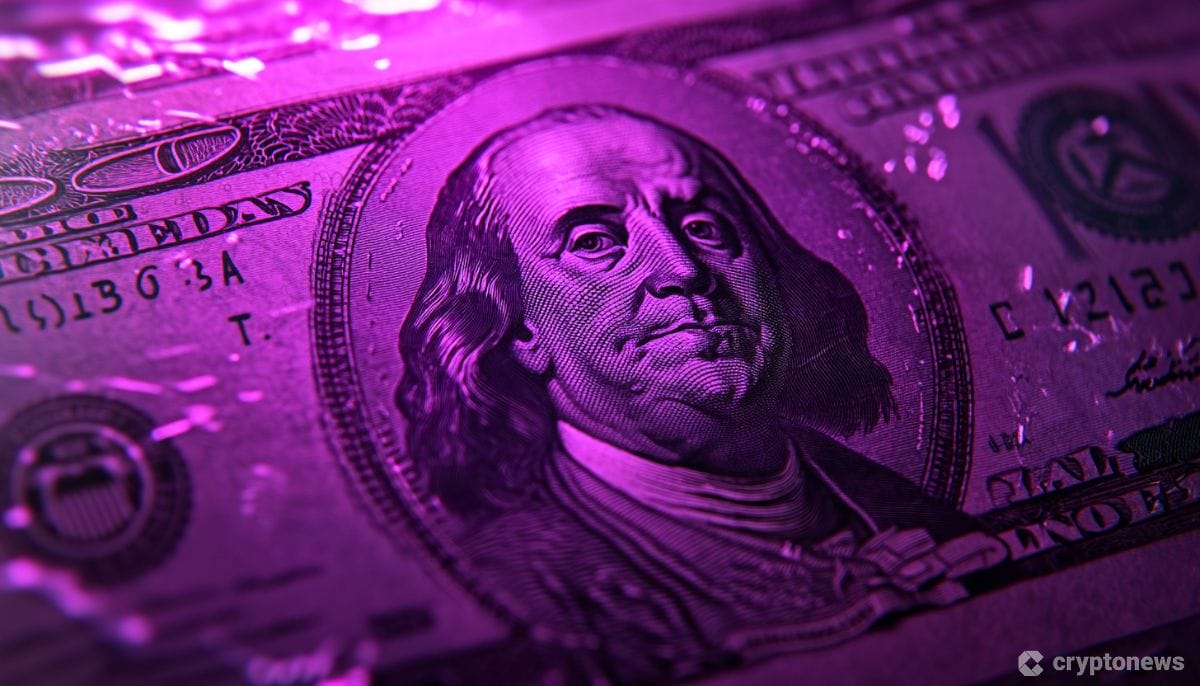Last updated:
 Why Trust Cryptonews
Why Trust Cryptonews

USDT Stablecoin issuer Tether said on November 8 that it completed funding its first crude oil transaction in the Middle East.
The firm is expanding its ventures beyond its flagship digital assets product as part of a plan to become a leader in commodities trading.
Tether Ventures into Commodities Market with $45 Million USDT Crude Oil Deal
According to the announcement, the transaction was finalized by Tether’s investment arm in October 2024.
This transaction, facilitated by Tether Investments, involved the loading and transport of 670,000 barrels of Middle Eastern crude oil between a major publicly traded oil company and a top-tier commodity trader.
The new venture is part of Tether’s Trade Finance division, which was launched in 2024 to support the $10 trillion trade finance market.
Earlier in October, Tether indicated plans to provide alternative financing for commodity trading companies that rely on banks.
Tether’s entry aims to modernize global trade flows by providing capital solutions for businesses worldwide.
Importantly, this division is distinct from Tether’s stablecoin reserves, instead relying on its high profitability, as highlighted in its recent Q3 2024 financial attestation.
Tether’s other recent ventures include investments in artificial intelligence, renewable energy, Bitcoin mining, telecommunications, and education.
Paolo Ardoino, CEO of Tether, shared the company’s intent to expand into new sectors and regions:
“This transaction marks the beginning, as we look to support a broader range of commodities and industries, fostering greater inclusivity and innovation in global finance,” he said. “We’re bringing efficiency and speed to markets that have historically relied on slower, more costly payment structures.”
Tether is actively promoting the use of its stablecoin, USDT, in trade finance transactions, which allows for reduced payment times and lower costs compared to traditional financing methods.
Reports have suggested that Tether has been exploring ways for international traders to use its stablecoin as an alternative to the U.S. dollar in regions like Venezuela and Russia, which face U.S. sanctions.
This transaction, the first of its kind for Tether, opens doors for Tether Investments to expand into other areas, including financial services, technology, agriculture, and asset-backed sectors.
Is Tether Becoming a Financial Powerhouse? A Look at Its $134B Asset Strategy
In Q3 2024, Tether demonstrated strong financial performance, posting a $2.5 billion profit, bringing its total annual earnings to $7.7 billion.
As of September 30, Tether’s assets totaled $134.4 billion, with $102.5 billion held in U.S. Treasury bills and additional Bitcoin holdings valued at over $530 million.
The company’s USDT circulation reached nearly $120 billion, backed by over $6 billion in additional reserves.
Tether’s gold holdings contributed approximately $1.1 billion in unrealized profits in Q3.
Alongside 7,100 BTC worth nearly $500 million, Tether’s portfolio spans investments in renewable energy, Bitcoin mining, AI, telecom, and education.
Marking its 10th anniversary, Tether has seen massive market growth over the past two years, partly due to increased U.S. regulatory scrutiny since the FTX collapse.
Tether has also strengthened its cooperation with U.S. authorities, onboarding the FBI to its platform in 2023.



